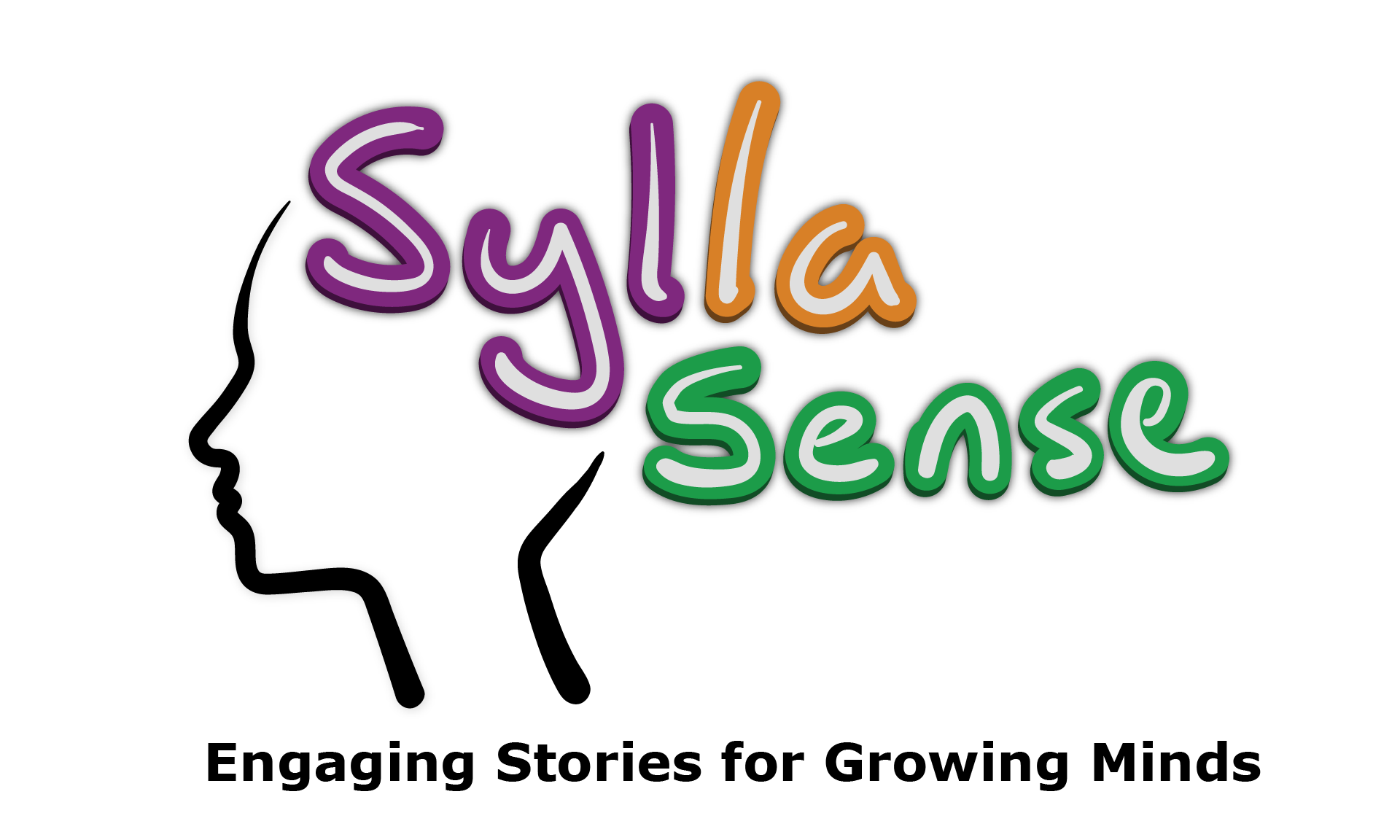|
Introduced in This Book
- consonant digraph <th >/TH/ voiced (only in the)
Previously Introduced
Vowels
- short <a >/ă/, short <o >/ŏ/, short <i >/ĭ/, short <u >/ŭ/
Consonants
- <c >/k/, <g >/g/, <s >/s/ and /z/, <d >/d/, <h >/h/, <m >/m/, <n >/n/, <p >/p/, <t >/t/, <b >/b/, <f >/f/
|
Key Concepts to Understand
-
<th >(voiced) is introduced in this book as part of the word the (<th >also has an unvoiced phoneme as in think)
- the mouth position for both phonemes is the same, and distinct (tongue between teeth)
-
in the word and , the nasal <n >influences the phoneme produced by the <a >- be aware of this and support as needed
Tip: ask the children to say the word and while plugging and unplugging their nose, notice that nothing changes in their mouths
Words and Phrases for Reading and Writing
Here is a list of words that can be used for phonemic awareness activities, reading, dictation, games cards, etc.:
- an, man, can, tan, ban, fan, pan, and, pat, sat, bin, bit, sit, fit, din, fin, dip, sip, tap, sap, top, mop, pot, hog, hot, hug, tug, bug, bun, sun, fun, nut
Here is a word chain you could complete with blending cards:
- and → an → man → fan → can → pan → pat → sat → sit → fit → pit → pot → hot → hut → hug → bug → big → pig
Here are phrases that can be used for reading and/or dictation practice. These phrases can be combined to create sentences.
|
Noun Phrases
|
Verb Phrases
|
Prepositional Phrases
|
|
the sun
|
dug a pit
|
in the tub
|
|
a pig and a tub
|
can hug
|
at the pit
|
|
his big fan
|
had fun
|
on a cot
|
|
a cat and a dog
|
can bug the man
|
in the hot sun
|
You can differentiate for your students by dropping some of the words in these phases (e.g., “dug a pit” can just be “dug”).
|
- “the” (<e> typically pronounced as a schwa)
- “and” (<nd> is the only consonant cluster in the Yellow Series, and is only used in “and”)
|
Key Concepts to Understand
-
the word the is usually pronounced with a “schwa” (unstressed vowel sound), rather than a short / ĕ / or long / ē /
- English is a stress timed language (review concept from Grapheme/Phoneme Background sheet)
- unstressed syllables are often reduced (not as clearly articulated or emphasized)
- vowels in unstressed syllables are pronounced as a schwa
-
the is a function word - function words are defined as words that have a grammatical purpose/specify grammatical relations, as opposed to content words such as nouns, verbs, adjectives and adverbs which have a distinct meaning
- function words are often unstressed in a phrase or sentence, thus are pronounced with a schwa
-
note the is sometimes stressed, at which point the <e >usually represents the long / ē /, which is expected for open syllables (vowel at end of syllable tends to make its long sound, for example in she and me)
Note: think about how we pronounce the at the end of a story ( the end ) compared to when the is unstressed ( for the kids… )
Activities to Try
-
As described in “Cat Nap,” have students explore the concept of stressed and unstressed words and syllables by saying simple sentences. For instance, say the sentence, “Let’s go to the movies” and have students repeat it, stressing every word equally (like a robot). Repeat the sentence with natural stress and intonation. Hearing the contrast helps students notice that we tend to stress go and movies , while the let’s and to the, squish together and are said quickly and are unstressed.
|

